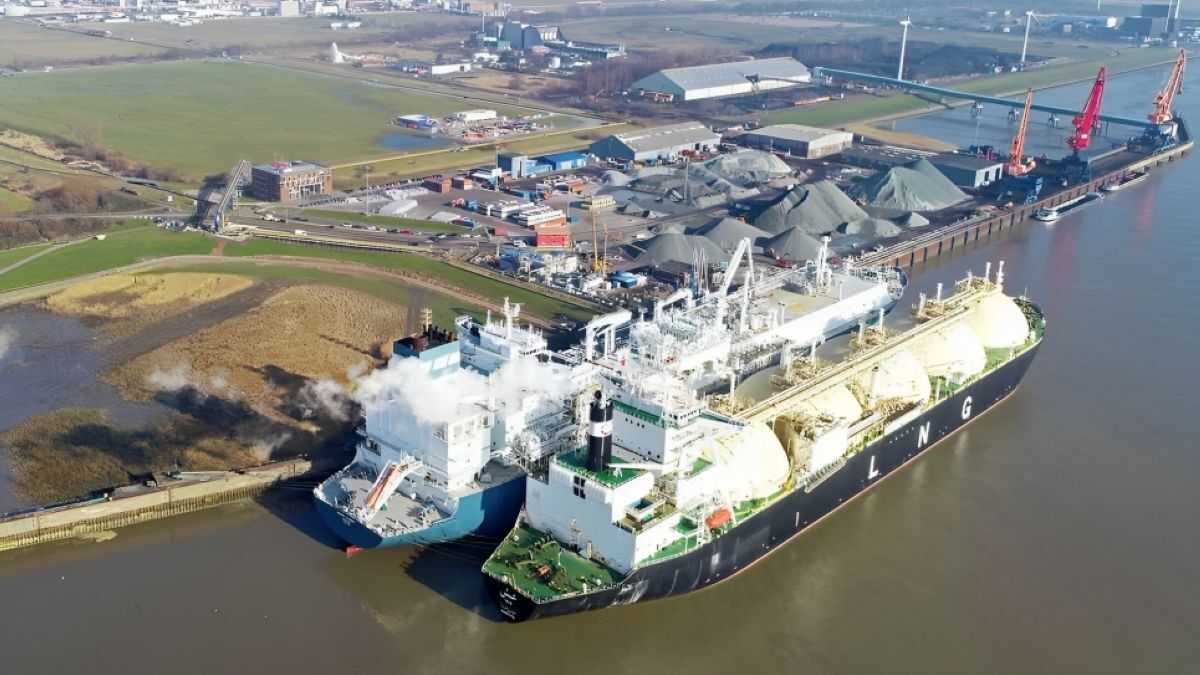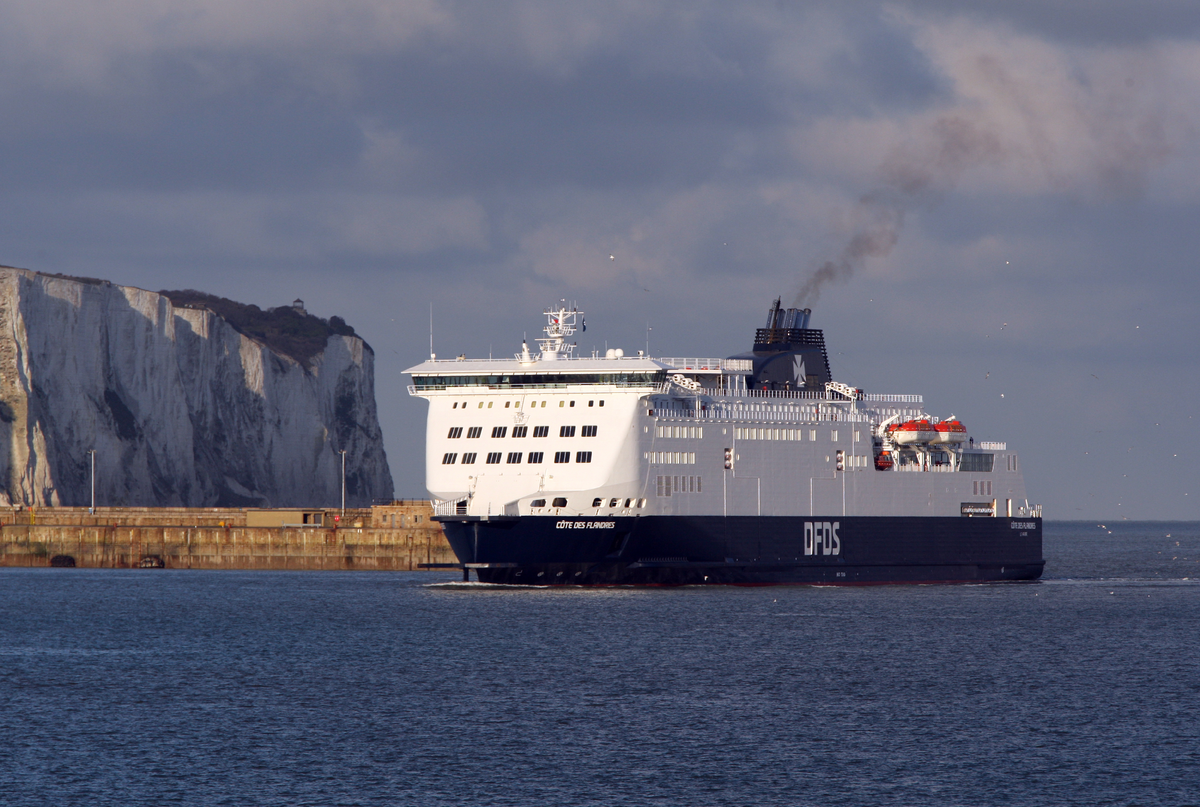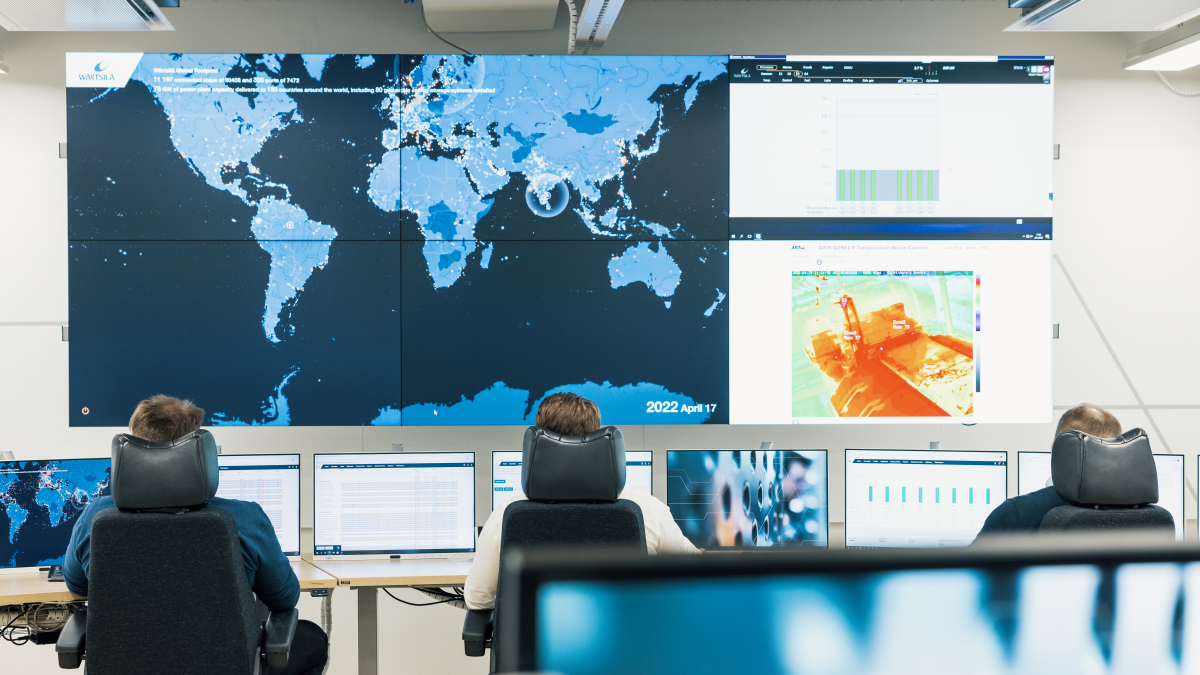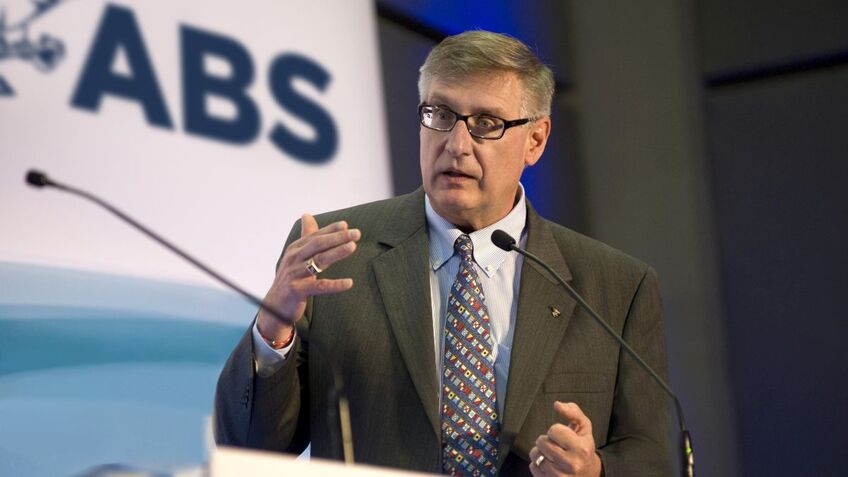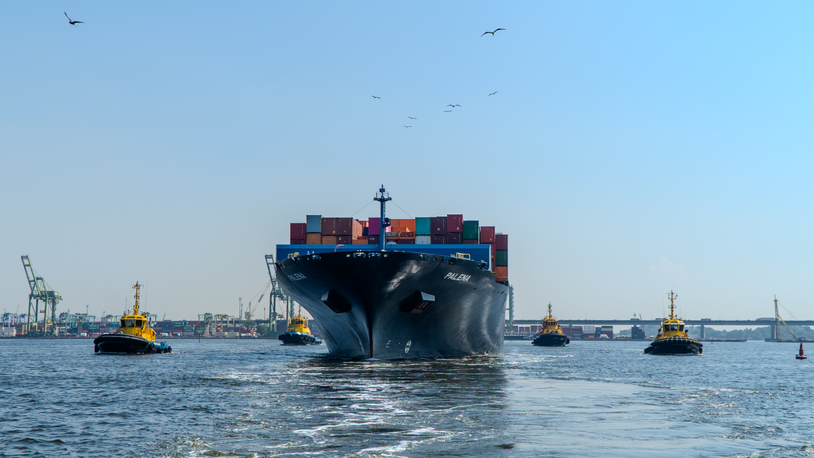Business Sectors
Events
Contents
Register to read more articles.
Offshore charging enables all-electric CTVs
Ways of charging support vessels offshore are being developed, tested and implemented in the North Sea region, enabling owners to invest in energy storage solutions and cut emissions
The first offshore charging infrastructure is being installed and verified ready for commercial use in 2025.
MJR Power & Automation is about to start trialling its offshore charging facility on a windfarm to charge crew transfer vessels (CTVs). The first CTV to test MJR’s power charging system offshore will plug in to an offshore windfarm in Belgium this month.
“By the end of June, we should be certifying the system offshore, depending on a weather window,” said MJR sales and business development manager Ryan Reilly.
“We have tested it already in port, in Blythe UK, and next is to do the offshore connect and disconnect tests.”
He said the first commercial offshore charging system of around 1 MW of power for a CTV will be installed in Q2 or Q3 2025 and charge a Tidal Transit vessel retrofitted with batteries. CTVs could be built or retrofitted with energy storage systems, charged in port and offshore, minimising the need for a generator on board.
Tidal Transit is converting its first CTV from MAN diesel engines to Volvo Penta-Danfoss hybrid propulsion including generators, electric motors and Corvus batteries.
“Electric charging from offshore turbines is the cheapest form of power, and a must if we are going green,” said Tidal Transit co-founder and commercial director Leo Hambro.
“Whether it is all electric or hybrid propulsion, it is about finding the right battery for the right purpose,” he said during the Seawork exhibition. “Consuming electricity at windfarms will meet growing consumer demand and the ethical need to transition. Battery technology is ready and offshore charging is here.”
Although there are still developments in battery chemistry and class and flag approvals, Mr Hambro thinks it is now time to invest in energy storage on CTVs. “The technology is here, so adopt it now and look to replace it when higher density batteries are available, then use the older batteries ashore,” he said.
Tidal Transit operates six CTVs in the UK, with a seventh on order with Penguin International for construction in Singapore, and operates five in France in a joint venture.
Damen Shipyards Group has developed its concept for offshore CTV charging from a commissioning service operations vessel (CSOV) outfitted with a charger.
CTV owners will be able to install smaller battery modules on vessels, as power can be sourced offshore, said Damen sales manager for offshore wind Wijtze van der Leij. “Electric CTVs could charge from buoys, SOVs and turbines,” he said. “Integrating batteries, DC grids, drives and electric motors is important.”
MJR has supplied its offshore charging technology to Damen’s concept, which would enable the CTV to connect via a bell mouth that catches the charger, which is lowered from a reel on the aft deck of the CSOV.
After crew disembark, the CTV could connect using an automated process on a gangway. Charging will take 2-3 hours, depending on the operational profile.
"Such a solution makes it possible for CTV operators to invest today"
Vessel-to-vessel charging offers CTV owners and operators an opportunity to invest in the sustainable technology of the future, said Damen product manager for SOVs, Mark Couwenberg.
“Offshore charging is an essential feature for fully electric CTV operation,” he said. “Typically, this would be dependent on charging infrastructure being present at an offshore windfarm.” Which is why Damen and MJR developed this method of charging CTVs from CSOVs.
“This can be done with both a conventional, diesel-powered CSOV, or with a fully electric version. Such a solution makes it possible for CTV operators to invest today, in preparation for the wider distribution of full-electric CSOVs tomorrow.”
This concept uses Damen’s electric SOV 7017E design connected to a foundation on an offshore terminal, ready to connect to electric CTVs.
Damen has already developed charging stations for quayside applications, with the first installed in Vietnam and New Zealand, and an automated docking and charging unit for passenger ferries operating in Copenhagen, Denmark.
Chartwell Marine developed naval architecture for a 27-m CTV with batteries on deck for easy access for maintenance, charging and replacement.
“Charging at windfarms solves the conundrum of battery charging on CTVs,” said Chartwell senior naval architect Christophe Rident. “Owners can retrofit existing vessels or order newbuilds with electric propulsion.”
He thinks CTVs of 19 m length and larger could be fully electric or have battery modules and gensets to extend their range. Another design concept is lifting the CTV above the sea during transit on foils to raise hull efficiency and reduce resistance.
“There will be challenges with operating full-electric high-speed vessels due to costs and lack of charging infrastructure,” said Mr Rident.
North Star operates a Chartwell-designed 12-m monohull daughter craft with diesel and electric-powered outboard motors for offshore services with lower emissions.
Offshore charging MoUs
This Scottish owner has partnered with Stillstrom to develop and test offshore charging and vessel electrification technologies on an SOV in the North Sea.
If trials are successful, under the memorandum of understanding (MoU) both companies signed, Stillstrom charging units could be deployed on North Star’s growing SOV fleet.
Under another MoU, Maersk-backed Stillstrom and Port of Aberdeen will conduct a joint feasibility study into an offshore renewable charging hub.
In March 2024, Stillstrom signed an MoU with Port of Skagen to jointly explore the integration of offshore power and charging solutions into the anchorage zone of the Danish port, which is one of the busiest anchorage zones in northern Europe.
At the start of 2024, Stillstrom conducted a feasibility study for installing an offshore charging station on the Mona and Morgan offshore windfarms with support from developers EnBW and BP, evaluating the operational, technical and financial feasibility of incorporating offshore charging capabilities for SOVs and CTVs within the two windfarms.
Riviera’s Maritime Hybrid, Electric & Hydrogen Fuel Cells Conference returns to Bergen, Norway, on 29-31 October 2024 to bring together leading vessel owners, energy companies, port authorities, regulators, class, technology and battery manufacturers. Use this link for more information and to register
Offshore Support Journal Conference, AsiaUse this link for more information
Related to this Story
Events
Maritime Environmental Protection Webinar Week
Cyber & Vessel Security Webinar Week
The illusion of safety: what we're getting wrong about crews, tech, and fatigue
Responsible Ship Recycling Forum 2025
© 2024 Riviera Maritime Media Ltd.







